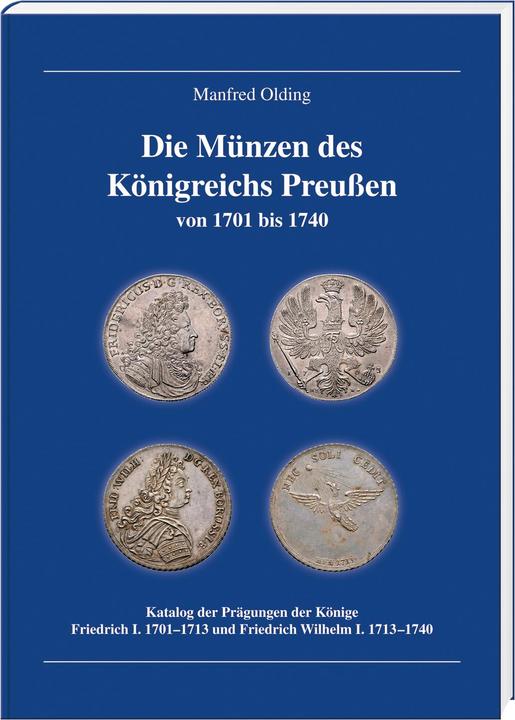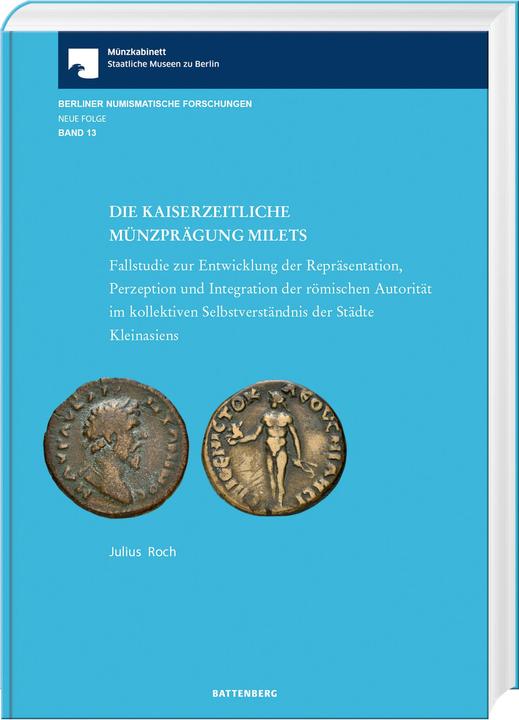
Roch:Die kaiserliche Münzprägung Milets
German, Bernhard Weisser, Coin Cabinet National Museums in Berlin, Julius Roch, 2023
On this page you'll find a ranking of the best Battenberg products in this category. To give you a quick overview, we've already ranked the most important information about the products for you.
The imperial-era Miletus: this is the city of Apollo from Didyma, the main deity from the internationally renowned sanctuary located at the city's gates. The coins depict this god and his companions in various forms, but they also testify to the significance of an important port city in the Roman Empire. The publication offers an extensive catalog of the city's coinage during the Roman imperial period. The coins served as a medium through which the city presented itself both locally and regionally. The iconography sheds light on the tension between Roman rule, ancient local cults, and competition with other cities.

Roch:Die kaiserliche Münzprägung Milets
German, Bernhard Weisser, Coin Cabinet National Museums in Berlin, Julius Roch, 2023
The World Coin Catalog of the 19th Century is considered a standard work not only because it is the only German-language catalog for this era. Rather, it has established itself over many years and through 17 successful editions in the market and among collectors. This catalog was founded by Günter Schön, who managed the work until the 15th edition. With the current editor Helmut Kahnt, a well-known numismatist, the World Coin Catalog of the 19th Century is now appearing for the third time in a new format - completely revised and updated. All official coin issues from around the world from 1801 to 1900 - over 11,000 coins from more than 400 countries - are gathered in this standard work. Many coins are illustrated and described with both the obverse and reverse. The valuations in two grades of preservation are based on current auction results and consolidated market observations.
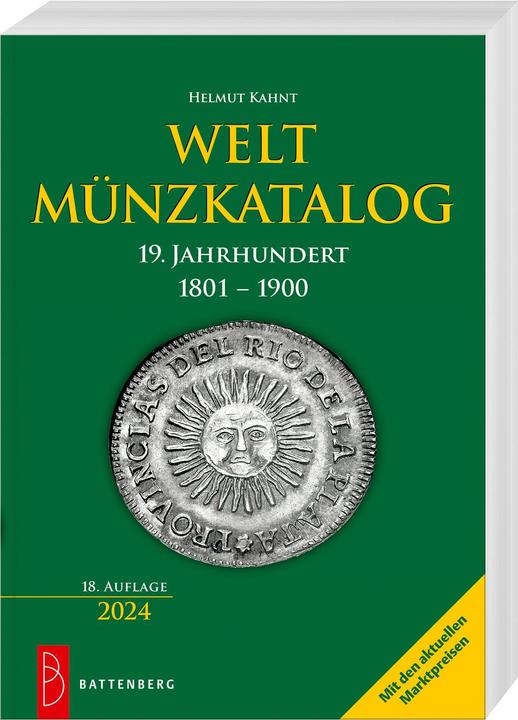
The "Coin History of Habsburg-Lothringen" by Reinhold Rieder offers a comprehensive insight into coin minting and the monetary system during the reign of Maria Theresa and the Habsburg-Lothringen monarchy. The book highlights the significant economic and political reforms implemented during this period and demonstrates how monetary policy contributed to the stability and influence of the Austrian monarchy. Rieder analyzes the development of the monetary system, including the introduction of paper money and copper coinage, as well as the role of the Maria Theresa thaler as a trade coin. The detailed presentation of coin history is complemented by historical contexts and the political challenges of the era, making the book a valuable resource for those interested in the history of the Habsburg monarchy and European monetary history.
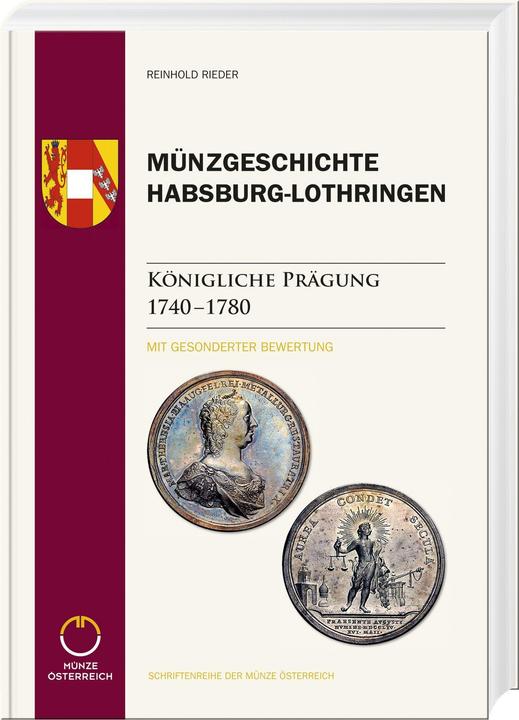
For many years, the Kampmann has proven to be a standard work for collectors of ancient coins from the Roman Imperial period. Now, the new edition with updated prices is finally available. Collectors and dealers have long appreciated the well-organized and richly illustrated catalog, which can also be taken to the next coin fair. The detailed introduction provides collectors with the essential foundations for collecting Roman coins and introduces the grading and peculiarities of evaluation. The different denominations are presented, along with many deities and personifications depicted with their attributes. A small list of important abbreviations and legends follows. The catalog is divided by emperors and their family members. Each emperor is preceded by a short biography, a brief history of their coins, and key collector tips. The catalog section follows the ten-volume scientifically based foundational work Roman Imperial Coinage (RIC). The evaluations in the grades of fine, very fine, and excellent can provide both beginners and advanced collectors with guidance for the specific identification and valuation of a coin. The focus remains on reverse types, as it would otherwise be impossible to maintain the proven handy format. The new edition particularly offers a reassessment of prices, while also providing collectors with additional dating aids for sorting their coins chronologically. The latest RIC volume on Hadrian has been incorporated, and smaller further reading tips and sources for the interested collector have been added.
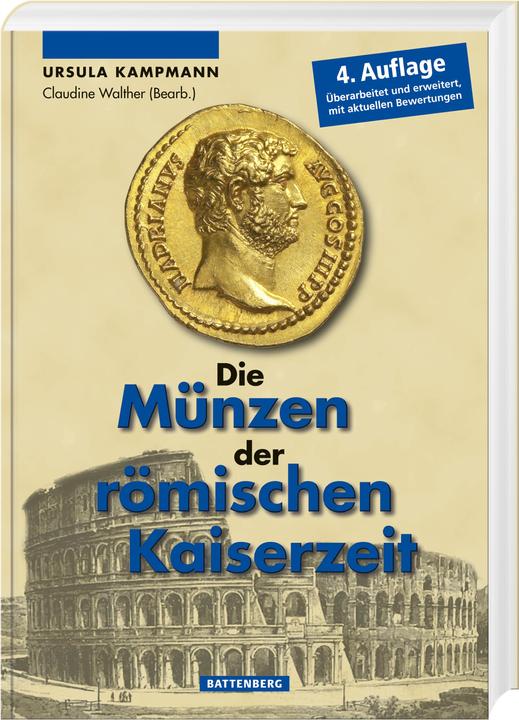
The Coins of the Roman Imperial Period
German, Claudine Walther, Ursula Kampmann, 2022
The larger silver coins of the German states have been popular among collectors since the late 19th century, as they represent a closed area with attractive designs. The fascination with these coins remains strong. This catalog, now in its third edition, serves as an indispensable reference work for these coins. Additionally, it provides a comprehensive listing of the variants and samples for each coin, which is not available elsewhere in such compact form. The inclusion of coins in this catalog was based on their affiliation with the Holy Roman Empire of the German Nation (until 1806) and subsequently with the German Confederation. Therefore, all Austrian half talers, double guilders, talers, and double talers from 1800 until Austria's exit from the German Confederation in 1866/67 are included, but not the Habsburg issues for Hungary and the Italian possessions. The complete illustrations and prices for three grades of preservation ensure the catalog is user-friendly. For many coins, specific auction prices for top pieces from recent years are also provided, allowing one to observe the price trends for exceptional conditions.
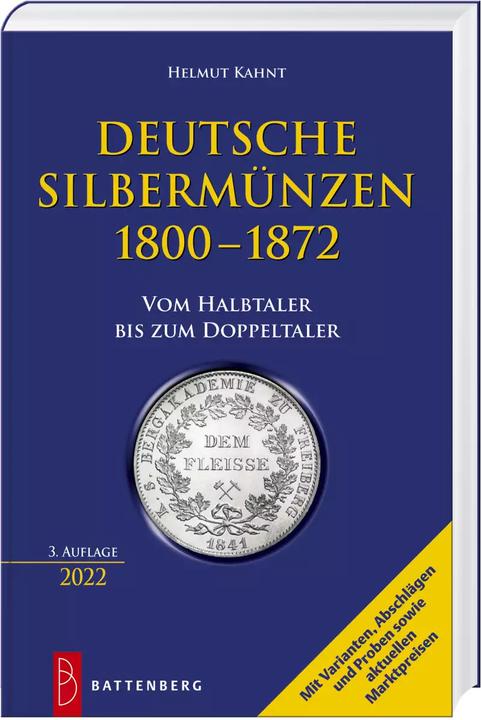
The final volume of the series on the coinage of the Prussian kings is now available, detailing the coins of the first two kings. It includes the coinage of Frederick I, who was crowned King in Prussia on January 18, 1701, in Königsberg, and his son Frederick William I, who is known in history as the "Soldier King." The author, renowned for his books on Prussian coins and medals, presents a catalog after years of intensive study that reflects the latest research in Prussian numismatics in the usual format and quality. Over 180 pages, the reader will find not only a detailed catalog section but also a wealth of information about the Prussian mint masters and die engravers, minting tables, and coin weights, as well as the currency structure of the various provinces. The catalog section includes coinage for the Brandenburg core territories as well as coins for the provinces of East Prussia, the Duchy of Gelderland, the Principality of Neuenburg, and the Westphalian cities of Hamm and Soest.
